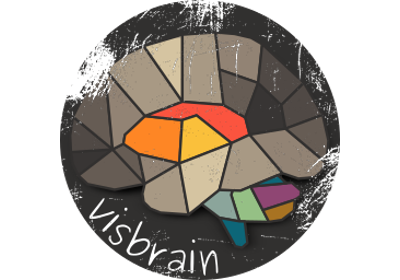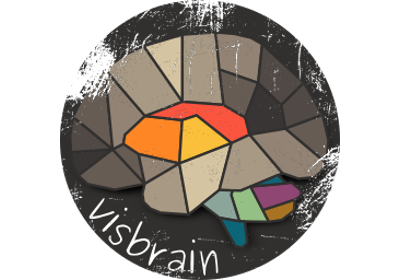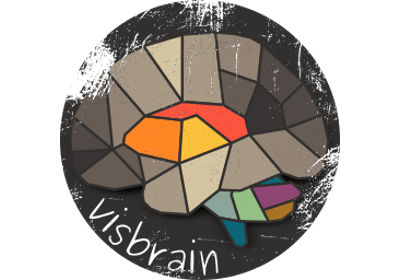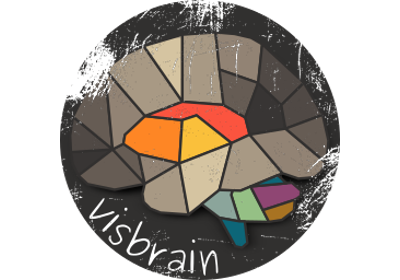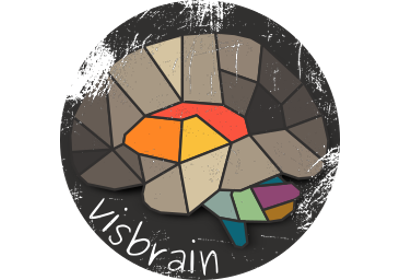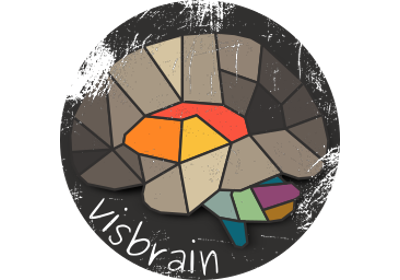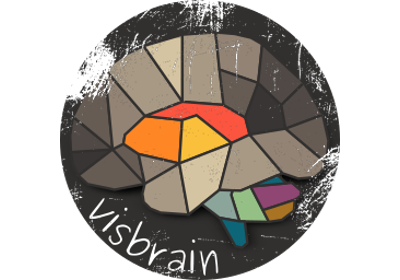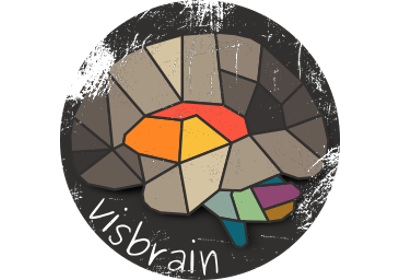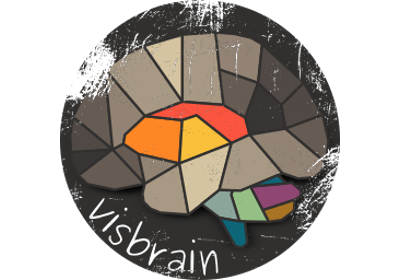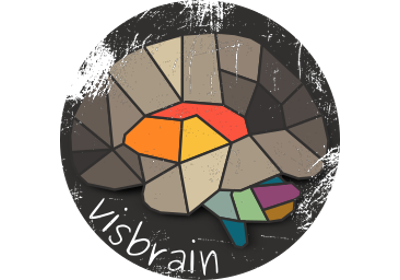visbrain.objects.SourceObj¶
- class visbrain.objects.SourceObj(name, xyz, data=None, color='red', alpha=1.0, symbol='disc', radius_min=5.0, radius_max=10.0, edge_width=0.0, edge_color='black', system='mni', mask=None, mask_color='gray', mask_radius=5.0, text=None, text_size=2.0, text_color='white', text_bold=False, text_translate=(0.0, 2.0, 0.0), visible=True, transform=None, parent=None, verbose=None, _z=-10.0, **kw)[source][source]¶
Create a source object.
- Parameters:
- namestring
Name of the source object.
- xyzarray_like
Array of positions of shape (n_sources, 2) or (n_sources, 3).
- dataarray_like | None
Array of weights of shape (n_sources,).
- colorarray_like/string/tuple | ‘red’
Marker’s color. Use a string (i.e ‘green’) to use the same color across markers or a list of colors of length n_sources to use different colors for markers.
- alphafloat | 1.
Transparency level.
- symbolstring | ‘disc’
Symbol to use for sources. Allowed style strings are: disc, arrow, ring, clobber, square, diamond, vbar, hbar, cross, tailed_arrow, x, triangle_up, triangle_down, and star.
- radius_min / radius_maxfloat | 5. / 10.
Define the minimum and maximum source’s possible radius. By default if all sources have the same value, the radius will be radius_min.
- edge_colorstring/list/array_like | ‘black’
Edge color of source’s markers.
- edge_widthfloat | 0.
Edge width source’s markers.
- system{‘mni’, ‘tal’}
Specify if the coodinates are in the MNI space (‘mni’) or Talairach (‘tal’).
- maskarray_like | None
Array of boolean values to specify masked sources. For example, if data are p-values, mask could be non-significant sources.
- mask_colorarray_like/tuple/string | ‘gray’
Color to use for masked sources.
- mask_radiusfloat | None
Radius size of masked sources.
- textlist | None
Text to attach to each source. For example, text could be the name of each source.
- text_sizefloat | 2.
Text size attached to sources.
- text_colorarray_like/string/tuple | ‘white’
Text color attached to sources.
- text_boldbool | False
Specify if the text attached to sources should be bold.
- text_translatetuple | (0., 2., 0.)
Translate the text along the (x, y, z) axis.
- visiblebool/array_like | True
Specify which source’s have to be displayed. If visible is True, all sources are displayed, False all sources are hiden. Alternatively, use an array of shape (n_sources,) to select which sources to display.
- transformVisPy.visuals.transforms | None
VisPy transformation to set to the parent node.
- parentVisPy.parent | None
Markers object parent.
- verbosestring
Verbosity level.
- _zfloat | 10.
In case of (n_sources, 2) use _z to specify the elevation.
- kwdict | {}
Optional arguments are used to control the colorbar (See
ColorbarObj).
Notes
List of supported shortcuts :
s : save the figure
<delete> : reset camera
Examples
>>> import numpy as np >>> from visbrain.objects import SourceObj >>> n_sources = 100 >>> pos = np.random.uniform(-10, 10, (n_sources, 3)) >>> color = ['orange'] * 50 + ['red'] * 50 >>> data = np.random.rand(n_sources) >>> text = ['s' + str(k) for k in range(n_sources)] >>> s = SourceObj('test', pos, color=color, data=data, radius_min=10., >>> radius_max=20., edge_color='black', edge_width=1., >>> text=text, text_size=10.) >>> s.preview(axis=True)
Methods
__init__(name, xyz[, data, color, alpha, ...])Init.
analyse_sources([roi_obj, replace_bad, ...])Analyse sources using Region of interest (ROI).
animate([step, interval, iterations])Animate the object.
color_sources([analysis, color_by, data, ...])Custom color sources methods.
copy()Get a copy of the object.
Tree description.
Move sources to the closest vertex.
preview([bgcolor, axis, xyz, show, obj, ...])Previsualize the result.
project_sources(b_obj[, project, radius, ...])Project source's activity or repartition onto the brain object.
record_animation(name[, n_pic, bgcolor])Record an animated object and save as a *.gif file.
render()Render the canvas.
screenshot(saveas[, print_size, dpi, unit, ...])Take a screeshot of the scene.
set_shortcuts_to_canvas(canvas)Set shortcuts to a VisbrainCanvas.
set_visible_sources([select, v, distance])Select sources that are either inside or outside the mesh.
to_dict()Return a dictionary of all colorbar args.
to_kwargs([addisminmax])Return a dictionary for input arguments.
update()Update the source object.
update_from_dict(kwargs)Update attributes from a dictionary.
Examples using visbrain.objects.SourceObj¶
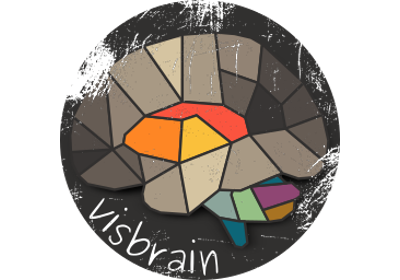
Connectivity object (ConnectObj) : complete tutorial
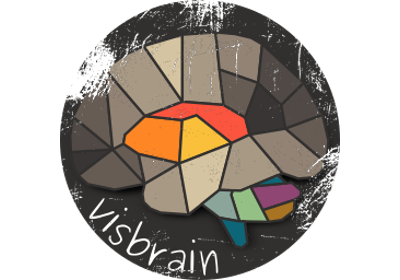
Region Of Interest object (RoiObj) : complete tutorial

